What are the benefits of walking?
A physio shares all the benefits of walking, from improving joint health to building stronger bones

We don’t think walking gets the credit it deserves; not only can this form of exercise be done anywhere, anytime, but generally the benefits of walking are extremely impressive. From improving your cardiorespiratory fitness to lowering your blood pressure, walking packs in all kinds of positives.
We had a chat with Jonathan Kay, sports injury specialist and physiotherapist, who talked us through why he recommends his clients get walking. “My aim is to reduce any barriers to exercise, at all costs,” says Kay. “All you need is a pair of trainers and yourself to improve your physical and mental wellbeing.”
Looking for a little more info? Have a look through our round-up of the best shoes for walking. Or read on to find out a bit more about the benefits of walking.
The benefits of walking
Walking improves joint health
According to Kay, walking every day increases blood flow around the body and improves circulation. “Walking keeps our joints limber and more mobile as we get older,” Kay explains. “But that’s not all. We also begin to strengthen the muscles around our joints, which aids stability and balance to prevent injury.”
It could even alleviate pain if you have arthritis. The American College of Rheumatology states that people with the condition who participate in low-impact exercise have less pain and better day-to-day function.
Walking boosts your mood
Walking allows us to switch off the external noise and focus on moving – and this mind-body approach to exercise is beneficial because of its focal meditative component. Simply put, getting outside and going for a stroll can make you happier; a 2018 study published in Health Promotion Perspectives found that even a brisk 10-minute walk could boost people’s mood.
What’s more, exercise promotes the release of endorphins that create feelings of happiness, calmness, and positivity.
Get the Fit&Well Newsletter
Start your week with achievable workout ideas, health tips and wellbeing advice in your inbox.
Walking supercharges your metabolism
As we age, our metabolism slows down; this means it becomes increasingly important that we inject as much movement into our lives as possible, to avoid excessive weight gain.
Non-exercise activity thermogenesis (NEAT) refers to any energy expenditure (calories burned) from activity that doesn’t involve sleeping, eating, or dedicated exercise (such as playing sports). Regular walks increase our daily NEAT, which has a cumulative impact on daily expenditure. The result? Our metabolism fires up for longer and we can burn more calories.
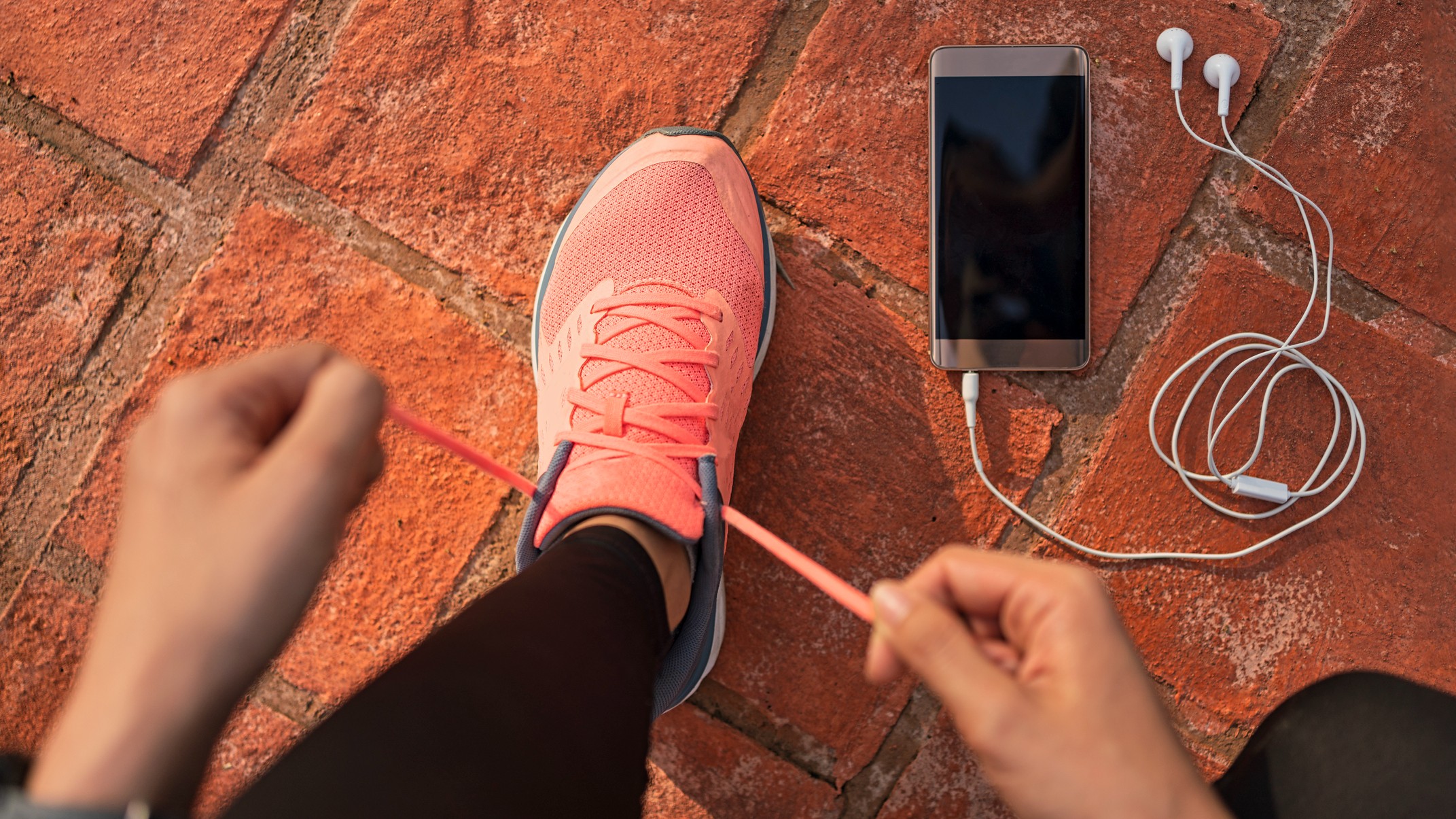
Walking is less time consuming than you think
We generally associate exercise with grueling workouts, time-consuming classes, and wrapping it all up with some sweaty high-fives. While high-intensity training is very efficient, we can still reap the rewards from low-impact, time-efficient alternatives.
And, as Kay explains, we don’t need to do as much as we think. “We’ve always been told that 10,000 steps are the magic number,” Kay says. “But actually, more research is beginning to indicate that somewhere between 6-8,000 steps a day are sufficient to combat illness and disease.” We cover this and more in our feature answering; how many steps should you take a day?
A recent study published by the American Medical Association found that walking at least 7,000 steps a day reduced the risk of premature death in middle-aged people (from all causes) by 50-70%. Interestingly, walking upwards of 10,000 steps (or increasing intensity) didn’t further reduce the risks.
Walking can lead to healthier bones
Walking is a weight-bearing activity that encourages bone-loading – a bone-building cellular process that occurs when bones face stress. While walking alone might not build up your bone mass, it could help limit progressive loss. The American College of Rheumatology recommends doing weight-bearing exercises (like walking) for at least two and a half hours a week.
Walking helps combat and prevent illness
Regular walking can help prevent strokes and heart disease – and it’s even been associated with lower risk for certain types of cancer. The exercise can also lower blood glucose and insulin resistance levels. Because of this, regular walking could improve symptoms of type 2 diabetes.
The American Heart Association advises that walking for an average of 30 minutes a day can reduce blood pressure and cholesterol and further reduce the risk of heart disease, stroke, and diabetes.
Four quick tips to keep walks interesting
You can carve walks into your daily routine in small chunks or as one bout of exercise. Here are some ways to make them fun.
- Track your walks using one of the best fitness trackers to keep on top of progress.
- Get creative by changing up your route, adding hill climbs, and getting into nature to keep you stimulated.
- Make it sociable by inviting friends and family to join you; this will keep you accountable and also prevents boredom.
- Read is walking cardio? to learn more about how your body reacts to walking.
- Compile a workout playlist! Music can ramp up productivity, mood, concentration, and performance – just when you think the tank is empty.
- Learn how to choose walking shoes that will best fit your feet for a comfortable stroll.

Sam Hopes is a level III fitness trainer, level II reiki practitioner, and resident fitness writer at Future PLC, the publisher of Fit&Well. Having trained to work with both the mind and body, Sam is a big advocate of using mindfulness techniques in sport and aims to bring mental wellbeing to the forefront of fitness. She’s also passionate about the fundamentals of training and how we can build more sustainable training methods. You’ll find her writing about the importance of habit-building, nutrition, sleep, recovery, and workouts.
-
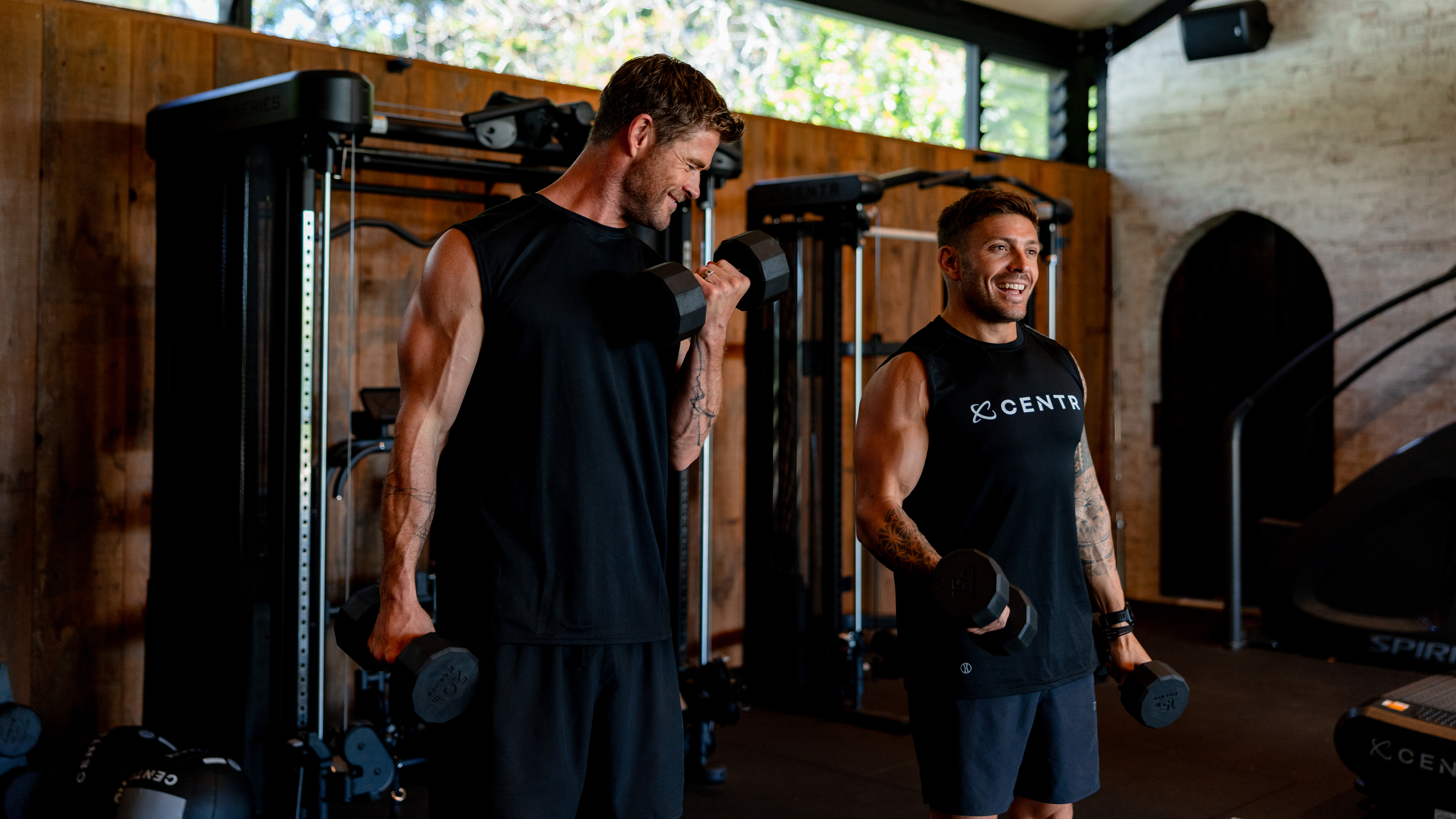 Build blockbuster arms and abs with Chris Hemsworth's go-to dumbbell circuit
Build blockbuster arms and abs with Chris Hemsworth's go-to dumbbell circuitAll you need are adjustable dumbbells and 20 minutes
By Sam Rider Published
-
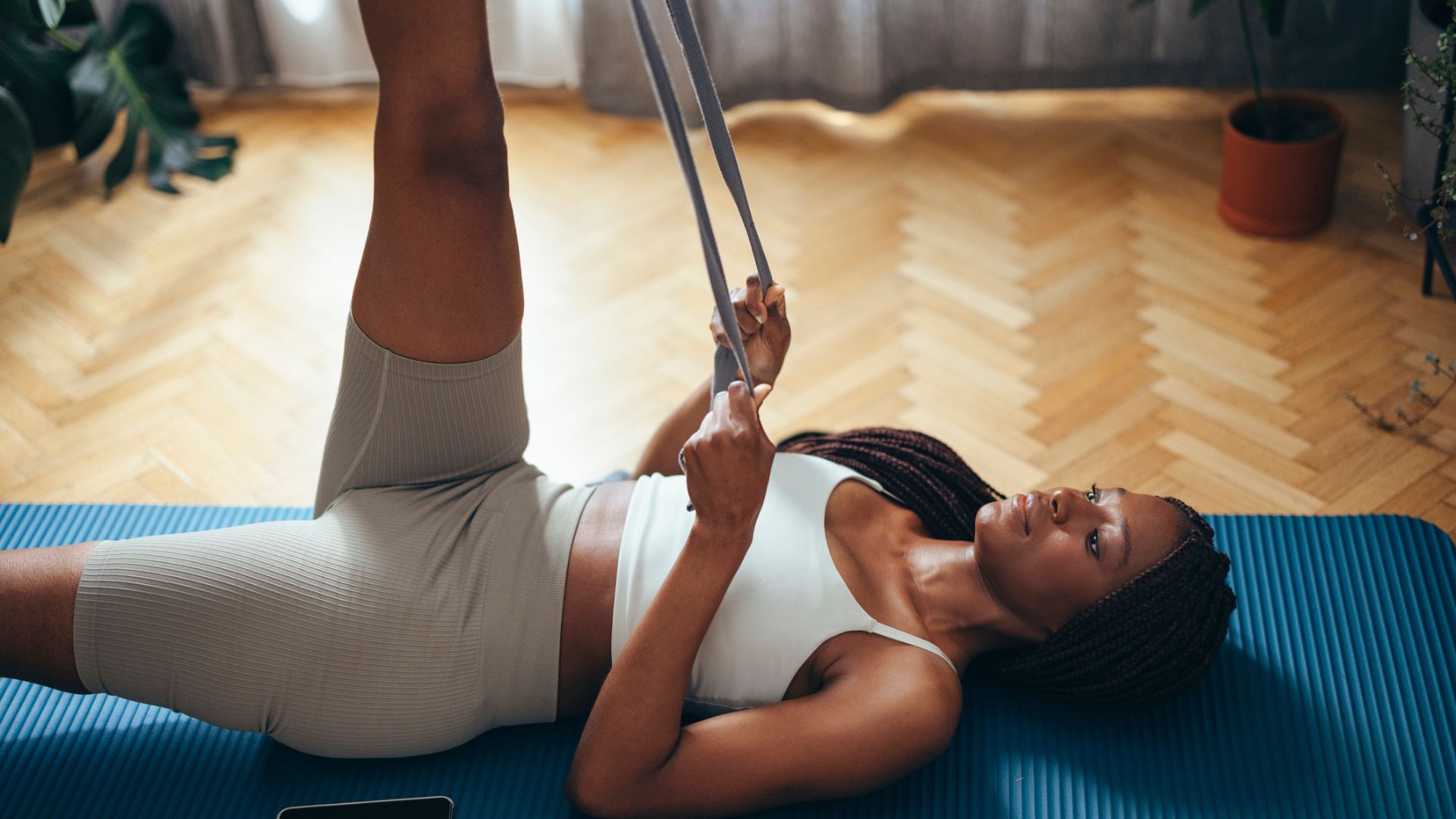 Forget crunches—if I wanted to improve core strength I'd do this neck-friendly Pilates workout
Forget crunches—if I wanted to improve core strength I'd do this neck-friendly Pilates workoutAnd it takes just five minutes
By Maddy Biddulph Published
-
 What’s the best open water swimming technique?
What’s the best open water swimming technique?Fitness Perfect your open water swimming technique and you'll be able to explore your local lakes and pools with confidence
By Maddy Biddulph Published
-
 The best trekking poles 2025
The best trekking poles 2025Buying guide Protect your knees and increase stability with the best trekking poles
By Harry Bullmore Published
-
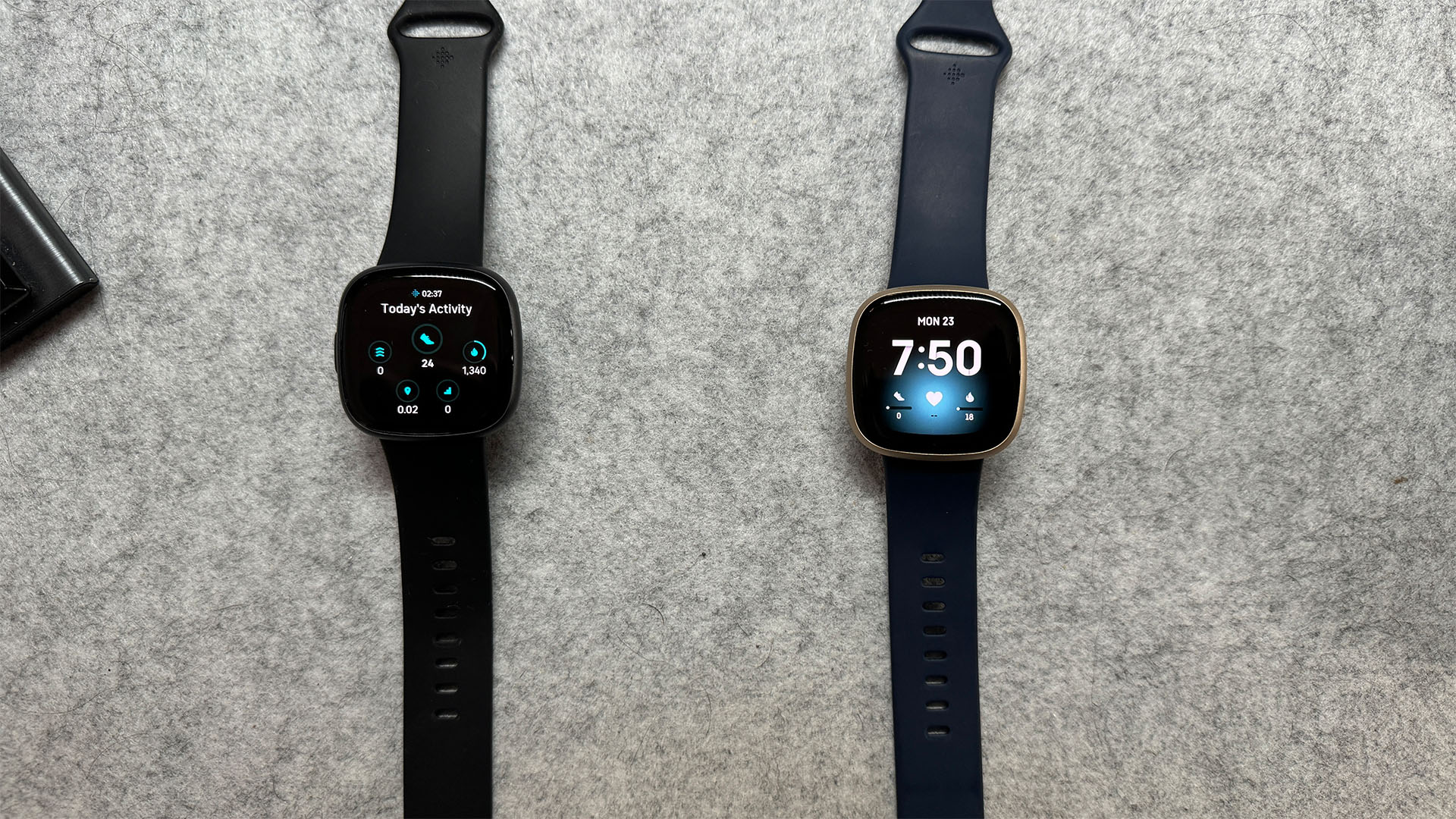 Fitbit Versa 3 vs Versa 4: here's the one I recommend buying
Fitbit Versa 3 vs Versa 4: here's the one I recommend buyingVersus There's little difference between these models, but the Versa 3 is much cheaper
By Lloyd Coombes Last updated
-
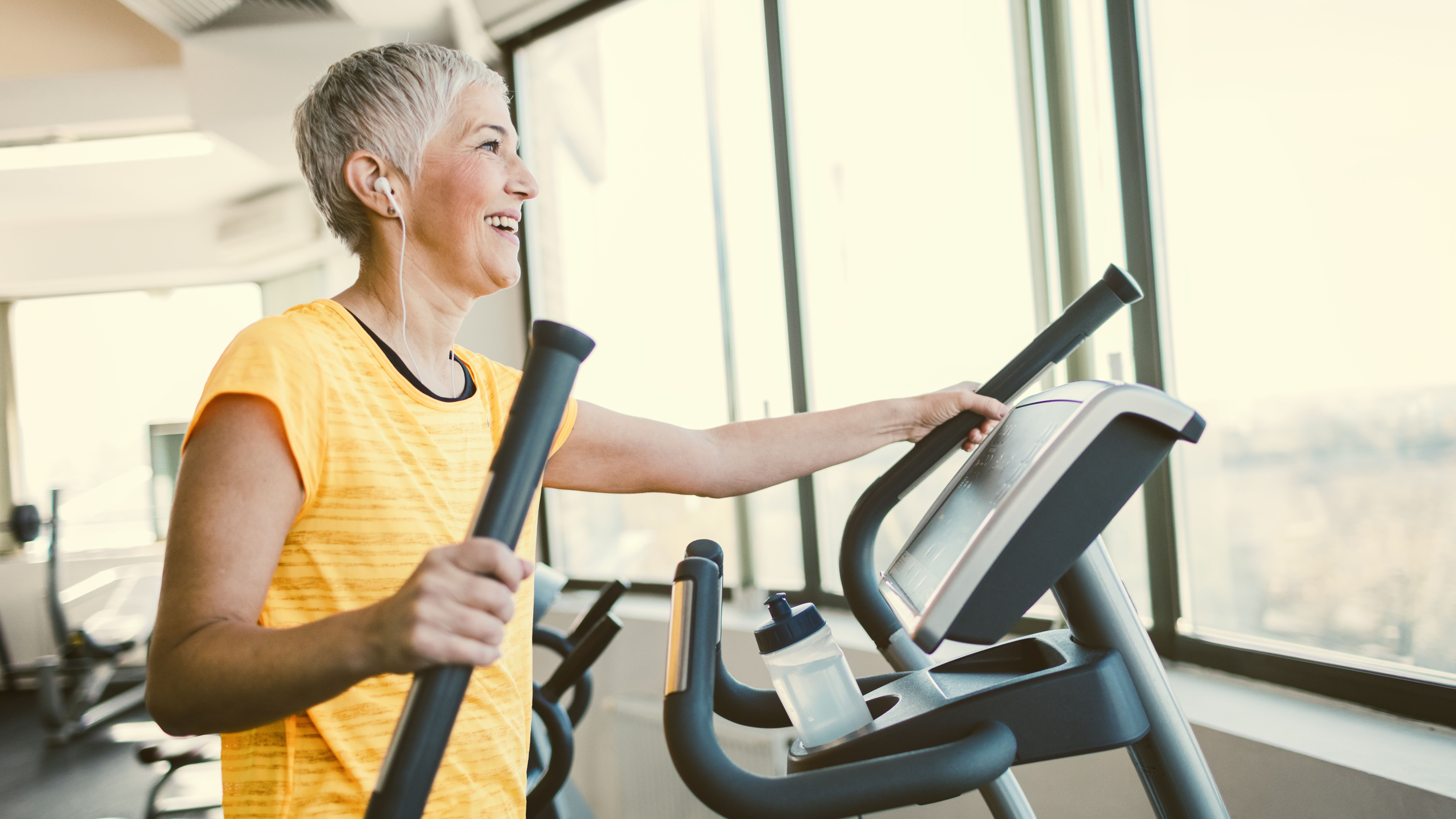 Best elliptical machines for home workouts
Best elliptical machines for home workoutsBuying guide Need a low-impact workout that’s easy on the knees? Try one of the best elliptical machines
By Sam Hopes Last updated
-
 Best foam rollers for soothing sore muscles
Best foam rollers for soothing sore musclesBuying Guide Ease post-workout pain with our pick of the best foam rollers
By Harry Bullmore Last updated
-
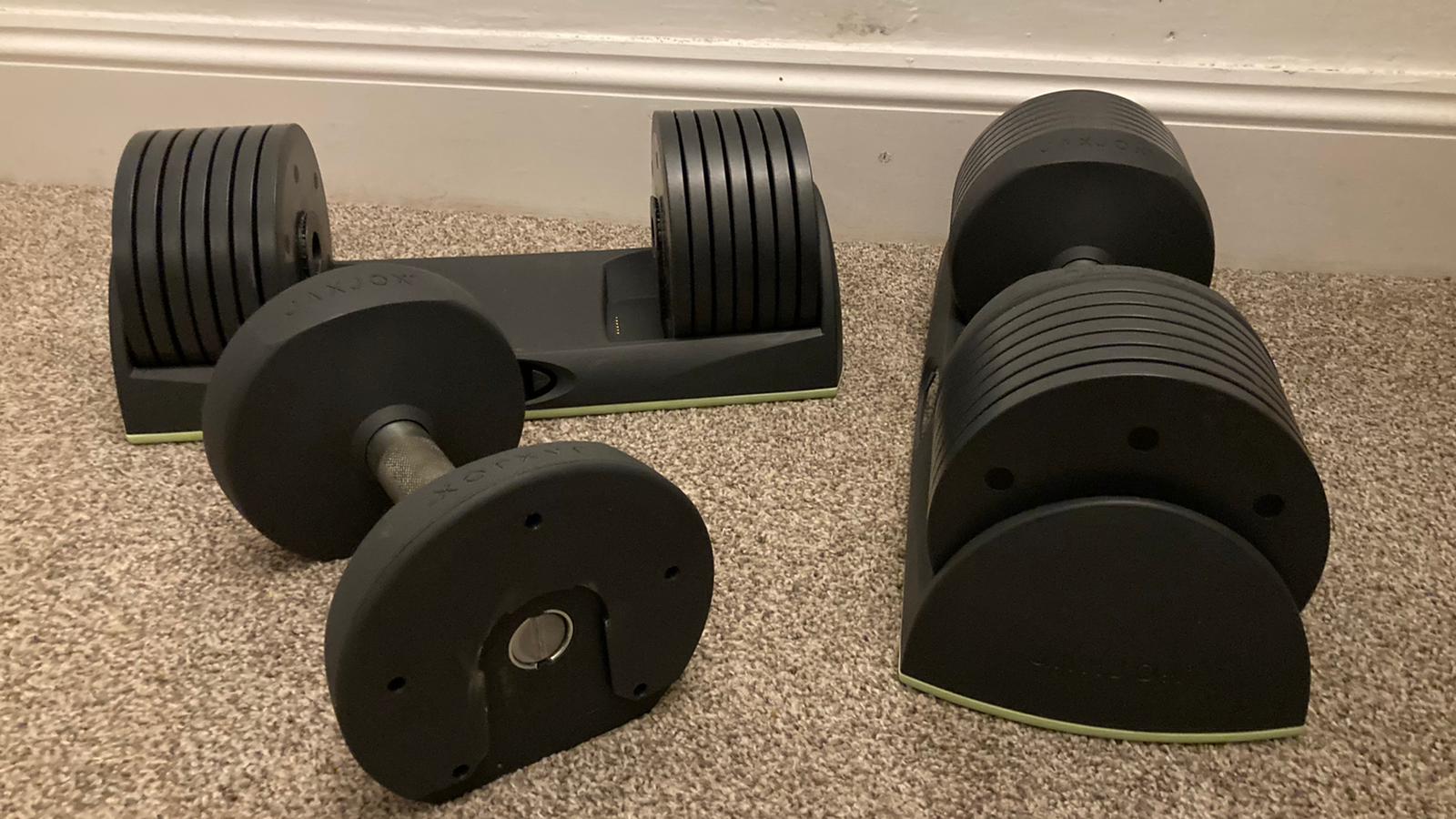 The JAXJOX DumbbellConnects have changed my home workouts forever
The JAXJOX DumbbellConnects have changed my home workouts foreverIf you want to start strength training at home, the JAXJOX DumbbellConnect adjustable dumbbells are the ultimate home workout tool
By Harry Bullmore Published
-
 How to go walking with weights to build muscle
How to go walking with weights to build muscleFitness Try working out outside and go walking with weights for some serious health benefits
By Harry Bullmore Published
-
 Does hiking build muscle?
Does hiking build muscle?Fitness Does hiking build muscle? Here’s how this outdoor activity affects your strength
By Lily Canter Published